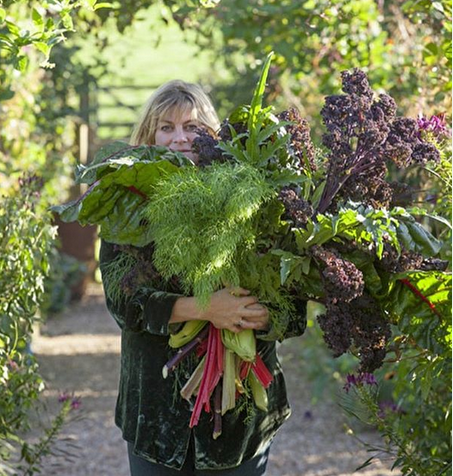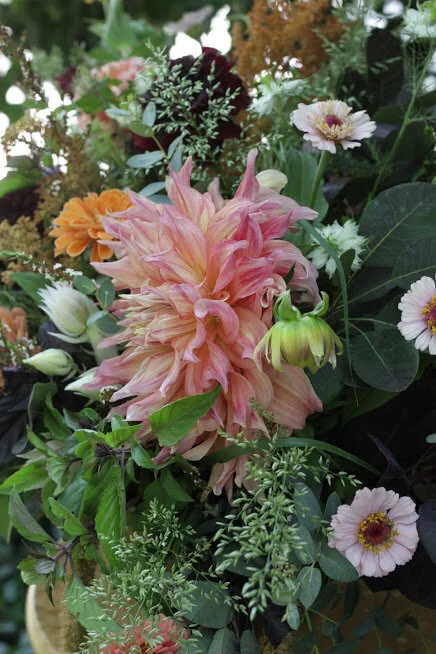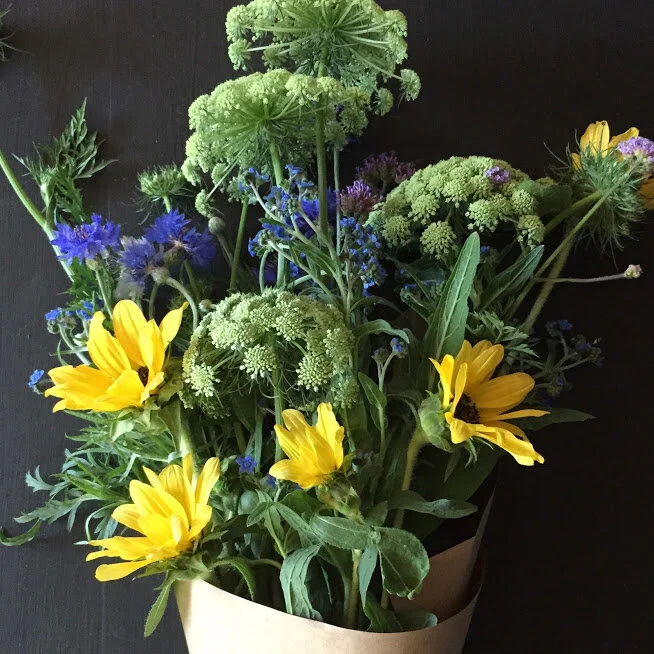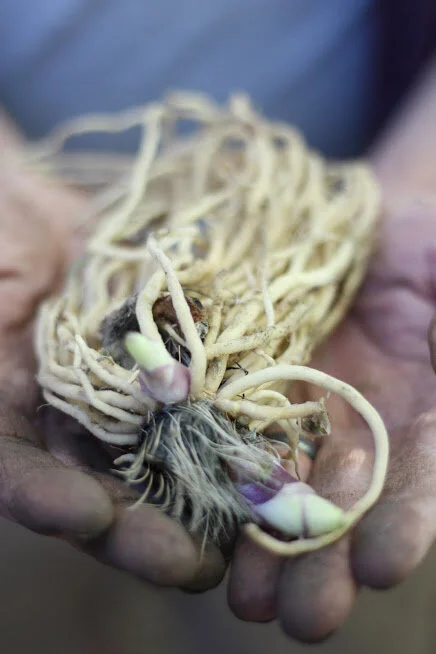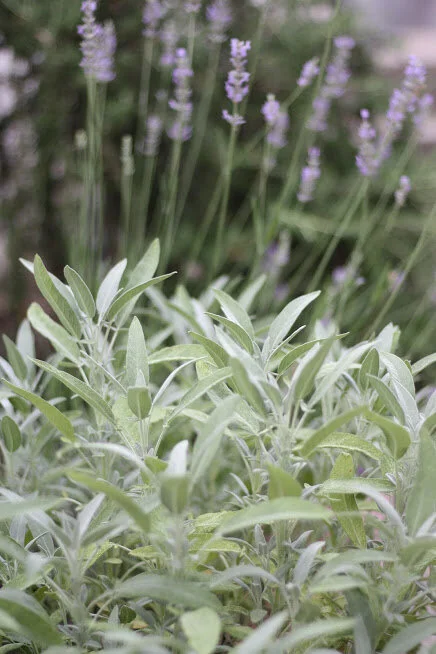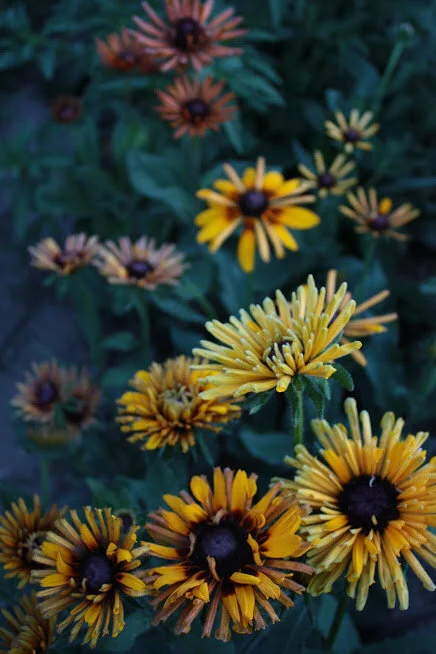Many of you probably already know Sarah Raven - she’s based in the UK and has been growing cutting gardens and cut flowers for a very long time. I love her enthusiasm for cut flowers and gardening in small spaces in particular, and she has a very unique plant palette - one that is very distinctly British, and is one of our favorite gardeners.
Read MoreHere’s the thing - everyone always assumes that flower quality is based on the skill of the grower, which is true to an extent. If you are a bad grower, you’re going to have bad product regardless of what you do.
On the other hand, we found that our single, smaller blooms weren’t our fault.
And chances are, they’re not your fault either!
Read MoreOne of the things I like about farmer’s market is the fact that the customers are right there.
Like, literally right in front of your face.
How many places can you setup shop and have hundreds (if not thousands!) of potential customers pass in front of your place of business in the course of a couple of hours?
Read MoreA CSA is simply a fancy name for a weekly bouquet or arrangement that your customer pays for ahead of time for a set amount of weeks.
This involves a implicit agreement between the subscriber and the grower in which the subscriber commits to purchasing a set amount of product from the grower before the season starts.
This “pre-paid” subscription does two things. First and foremost, it provides an income stream for the grower at a time of year when it’s very much needed - prior to the growing season, allowing growers to invest in seeds, plugs, and the equipment necessary for the operation.
Secondly, it also ensures that the grower commits to growing and the subscriber commits to purchasing. No debating or need to constantly push sales - there are a set number of subscriptions, and that’s it.
Read Moref you’re not familiar with bare root plants, they are what they sound like - the bare roots and crowns of plants that are in a dormant stage that you can plant out.
You technically are already planting bare root plants if you’re growing anemones, ranunculus, tulips, hyacinths, daffodils, gladiolas, lilies, irises and dahlias - they are just in the form of a bulb or tuber!
The most common bare root plants sold are hardy perennials - Japanese anemones, phlox, roses, and so on - that are shipped to you as a whole plant you can just plant in the ground.
Read MoreWhen it comes to species we’ll always be in our growing lineup, herbs are always on our list.
Really, herbs change the game when it comes to floral design - as designers as well as growers, we’re always looking for things materials that fulfill certain requirements
The fact that herbs are also very hardy, tough, and in some cases perennial plants that are grown for harvesting makes them even more invaluable as a crop. And because they are familiar to people - most people can pick out basil, mint, sage and rosemary in an arrangement - makes for a great conversation starter and holds the interest of the viewer and makes for even more delight in the experience.
Read MoreThe other day, we sat down and talked with some flower friends - growers, designers, and discussed the upcoming wedding season. We talked about what we see changing, what we see staying the same, and some of the overall trends we’ve been seeing over time too.
A couple major points:
Flowers grown by local flower farms and growers are definitely in (and not just being promoted by flower farmers either - we’re talking mainstream floral designers and their clients)
It seems like this is the year that the “all-greenery” look is starting to fade, and the pastel-monochromatic look is definitely coming in
Definitely a move away from overstuffed pieces towards more minimalist pieces - although I’m sensing a trend towards a larger number of minimalist pieces to still create a very dramatic effect.
Rudbeckia - colloquially known as ‘Black Eyed Susans’ (which I generally don’t use because it’s far too long and is also potentially rude to anyone who may be named Susan) are one of those flowers that doesn’t really get the support and recognition it deserves from floral designers and flower farmers.
I think this is partially due to the fact that rudbeckia don’t bloom usually until the fall - and generally rudbeckia also are known for their bright gold coloration which doesn’t necessarily combine well with other flowers, especially when it comes to wedding color palettes that require softer, more pastel colors.
Read MoreI always am excited when I see the hellebores starting to bloom, because they are a sign that we are getting past the shortest days of the year and are making our way towards spring. They do bloom very early - far earlier than anything else - and can be enjoyed for a very long time when flowers in the garden are rare.
Personally, we love hellebores for just how elegant and structural they are - they seem like something supernatural, like some sort of alien flower that has come to sprout itself down here on the earth.
Read More